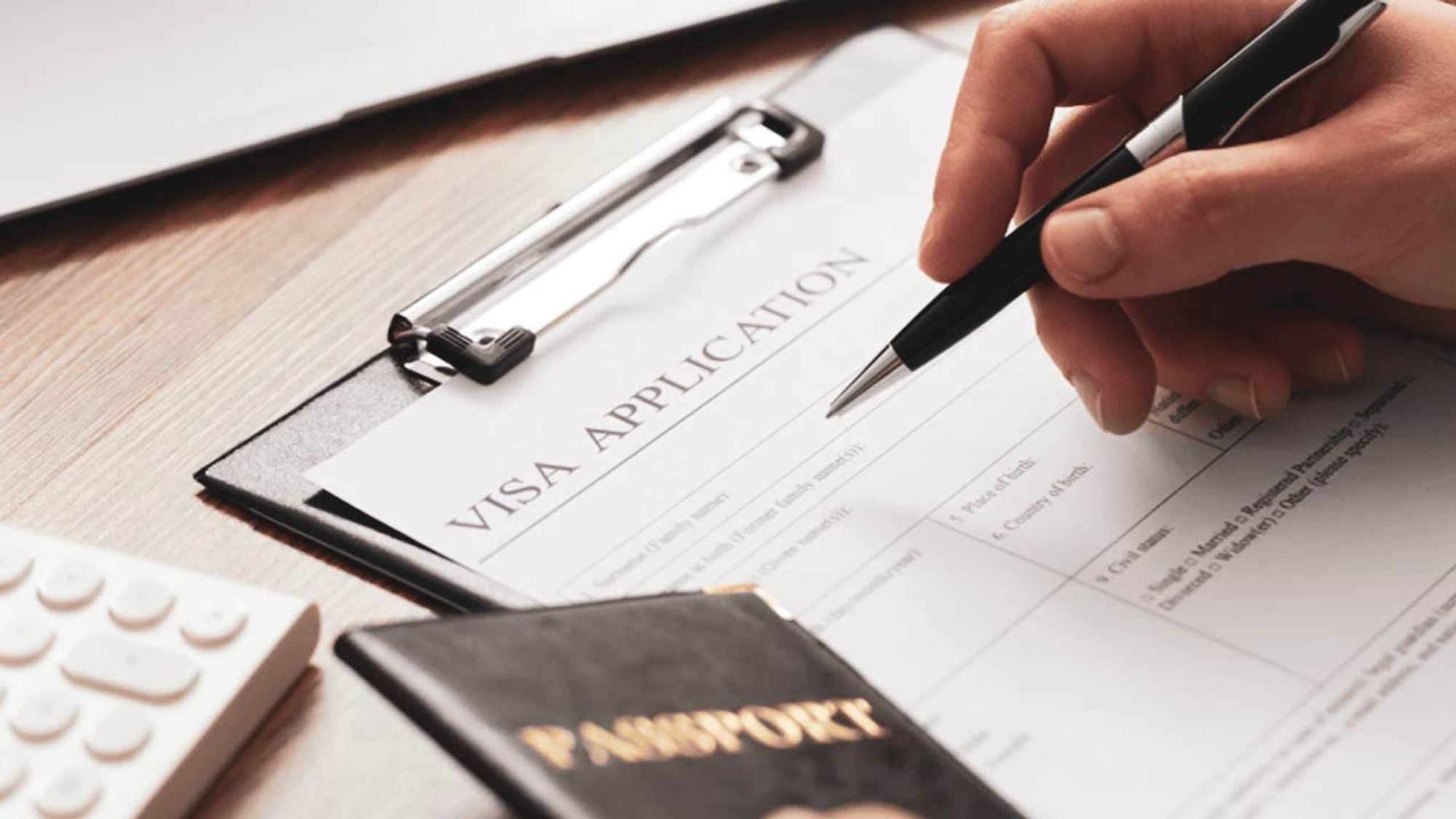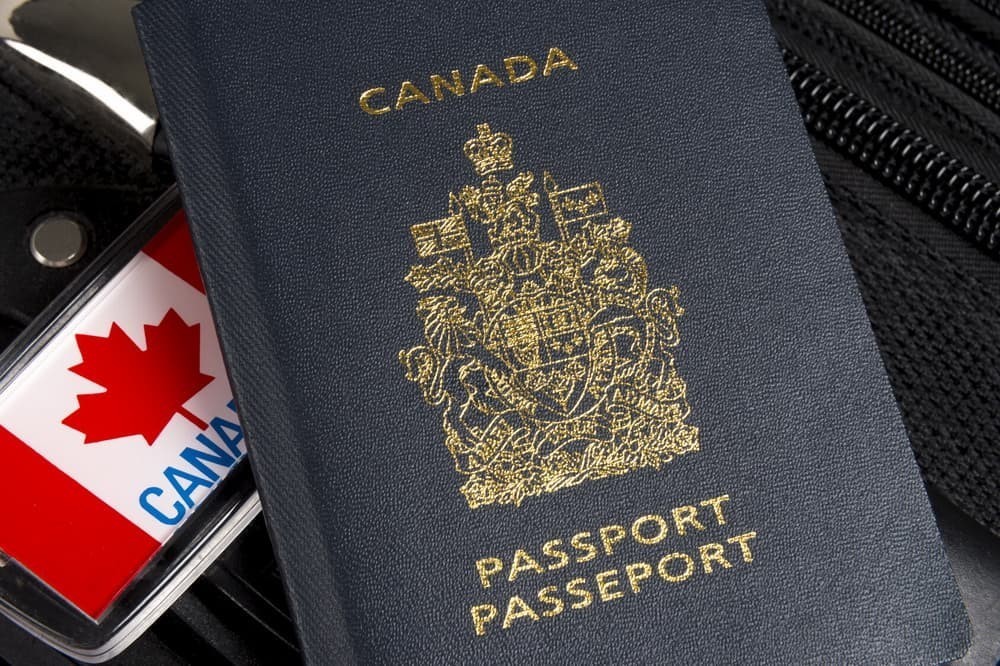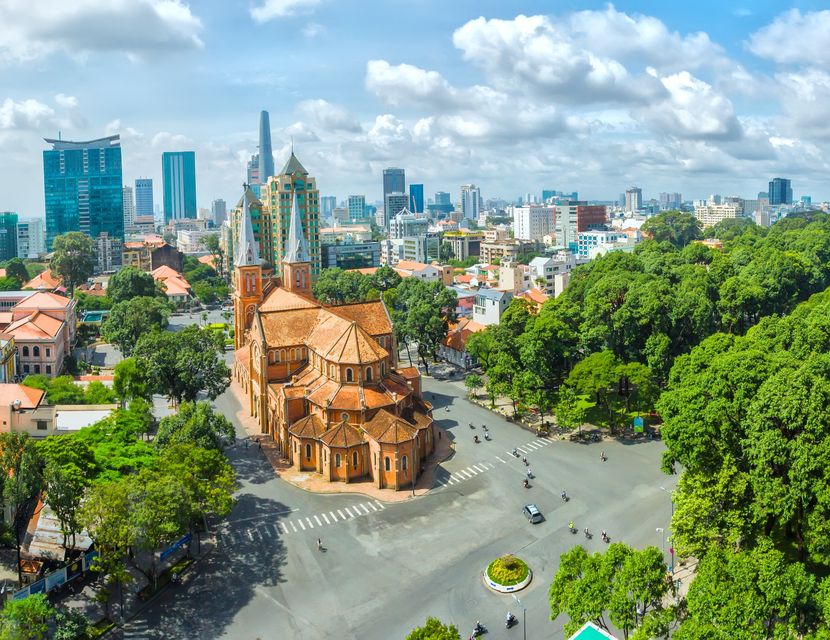
Welcome to the Complete Vietnam Visa Guide for Canadian Citizens. This comprehensive guide aims to provide you with all the necessary information to navigate the visa application process, ensuring that your travel experience to Vietnam is enjoyable and stress-free. In this article, we will cover everything from types of visas available, application procedures, and tips for a smooth journey.
Understanding Vietnam’s Visa Requirements for Canadians

Entering Vietnam as a Canadian citizen requires understanding the specific visa requirements that govern entry into the country. As tourism continues to grow in Vietnam, it is essential to stay informed about the various visa options available, enabling travelers to make the right decisions.
Types of Visas Available for Canadians
When planning a trip to Vietnam, Canadian citizens can choose from several types of visas depending on the purpose of their visit:
- Tourist Visa
- The most common type for travelers.
- Generally valid for 30 days.
- Options include single-entry or multiple-entry visas.
- Business Visa
- Designed for those traveling for work-related purposes.
- Usually valid for 30, 90, or 180 days.
- Requires an invitation letter from a Vietnamese company.
- E-Visa
- A newer, convenient option for Canadian tourists.
- Valid for 30 days with single-entry.
- Can be applied online without the need for embassy visits.
- Visa on Arrival
- Applicable only for air travelers.
- Requires pre-approval through an online agency.
- Offers convenience upon arrival at select airports.
Understanding these categories helps in deciding which visa to apply for based on your travel plans.
Eligibility Criteria for Canadian Citizens
While applying for a visa to Vietnam, it is crucial to meet specific eligibility criteria:
- Valid Passport: Must have a passport valid for at least six months beyond your intended stay.
- Photograph: Recent passport-sized photograph adhering to visa specifications.
- Application Form: Filling out the appropriate visa application form accurately.
- Financial Stability: Proof of sufficient funds for your stay may be required.
These requirements ensure that travelers are prepared before they embark on their journey.
Duration and Extensions
The duration of stay allowed in Vietnam varies by visa type. Tourist visas typically permit 30 days of stay, while business visas can extend longer, often up to 180 days. If you wish to prolong your stay, visa extensions can be pursued via local immigration offices in Vietnam.
This flexibility allows travelers to enjoy their time in Vietnam without the fear of overstaying, provided they follow the proper channels.
How to Apply for a Vietnam Visa as a Canadian Citizen

Navigating the application process for a Vietnamese visa can seem daunting without proper guidance. Here, we outline the steps involved in obtaining your visa, ensuring a hassle-free experience.
Online Application Process for E-Visas
Applying for an e-visa is one of the simplest methods available:
- Visit the Official E-Visa Website: Start by accessing the official government website designated for e-visas.
- Fill Out the Application Form: Provide accurate personal information, including:
- Full name
- Date of birth
- Passport details
- Intended entry date
- Upload Required Documents: Include your passport photo and a scanned copy of your passport bio page.
- Pay the Processing Fee: Payment can usually be made using a credit card.
- Receive Your E-Visa: After a processing period of around three business days, you will receive the e-visa via email.
This method eliminates unnecessary delays and allows you to plan your trip with peace of mind.
Applying for a Visa on Arrival
For those considering the Visa on Arrival option:
- Pre-Approval Letter: Obtain a pre-approval letter from a reliable travel agency. This document must be secured before flying to Vietnam.
- Prepare Required Documents: Bring the approval letter, a completed visa application form, a recent passport-sized photo, and the visa stamping fee.
- Arrive at Your Destination Airport: Present your documents at the Visa on Arrival counter.
- Receive Your Visa: Upon successful processing, your visa will be stamped in your passport.
Visa on Arrival is particularly suitable for spontaneous travelers who decide to visit Vietnam at the last minute.
Traditional Embassy Visa Application
For those who prefer a traditional approach, applying through the Vietnamese embassy is still an option:
- Locate Your Nearest Embassy: Identify the Vietnamese embassy or consulate closest to you.
- Gather Necessary Documents: Similar to other methods, you’ll need your passport, photo, application form, and payment.
- Submit Your Application: Deliver your application in person or via mail, depending on the embassy’s policies.
- Await Processing: Typically, this method may take longer than e-visas and requires patience.
Choosing the right application method depends on your preferences, urgency, and travel plans.
Tips for a Smooth Visa Experience in Vietnam

Once you understand the visa application processes, there are additional tips to further enhance your travel experience in Vietnam.
Preparing for Entry Into Vietnam
Before boarding your flight, consider taking these steps to ensure a seamless entry:
- Double-Check Documentation: Ensure your passport is valid for at least six months after entering Vietnam, along with any required visa documents.
- Stay Updated on Regulations: Regulations may change, so double-check visa requirements before your departure.
- Consult Travel Insurance: Having insurance can cover unexpected events during your trip.
Being well-prepared reduces the chances of facing issues upon arrival.
Cultural Awareness and Etiquette
Understanding Vietnamese culture can significantly enrich your experience:
- Respect Local Customs: Always greet people politely and avoid public displays of affection.
- Dress Appropriately: Wear respectful attire, especially when visiting religious sites. Covering shoulders and knees is advisable.
- Learn Basic Vietnamese Phrases: A few words of Vietnamese can go a long way in fostering goodwill with locals.
Cultural respect ensures a warm reception and a more immersive experience during your travels.
Navigating Local Transportation
Familiarizing yourself with transportation options can help ease travel within Vietnam:
- Public Transport: Buses and trains offer budget-friendly traveling, though schedules can be irregular.
- Taxis and Ride-Hailing Apps: Use reputable taxi services or ride-hailing apps like Grab for convenient transportation.
- Bicycles and Motorbikes: Renting a bike or motorbike is a popular choice among travelers wanting to explore the countryside.
Understanding the options available allows for efficient movement throughout your trip.
FAQs about Vietnam Visa for Canadian Citizens
What is the processing time for a Vietnam visa?
Typically, e-visas are processed within three business days, while applications through the embassy may take longer, ranging from 5 to 10 days.
Can I extend my Vietnam visa while in the country?
Yes, visa extensions are possible through local immigration offices, though regulations may vary based on visa type.
Do I need a visa for transit in Vietnam?
If you are transiting through Vietnam without leaving the airport, you don’t require a visa. However, if you plan to leave the airport, you will need to secure a visa.
What are the costs associated with a Vietnam visa?
Costs depend on the visa type and processing method chosen. E-visas usually range between $10-$25, while fees for Visa on Arrival and embassy applications can vary.
Is it safe to use Visa on Arrival?
As long as you obtain pre-approval from a reputable agency, Visa on Arrival is generally considered safe and reliable.
Conclusion
In summary, this Complete Vietnam Visa Guide for Canadian Citizens equips travelers with the knowledge needed to successfully navigate the visa application process. By understanding the different types of visas available, learning how to apply, and preparing for travel, Canadians can confidently embark on their adventures in Vietnam. Whether you opt for an e-visa, Visa on Arrival, or a traditional embassy application, being aware of the requirements and processes will lead to a smooth and enjoyable travel experience.

Leave a Reply